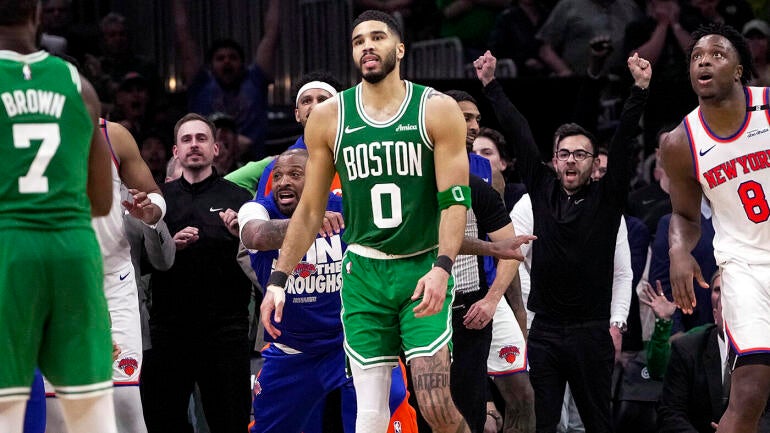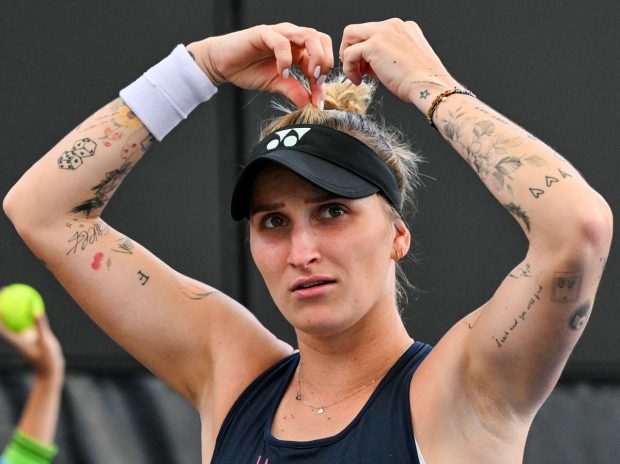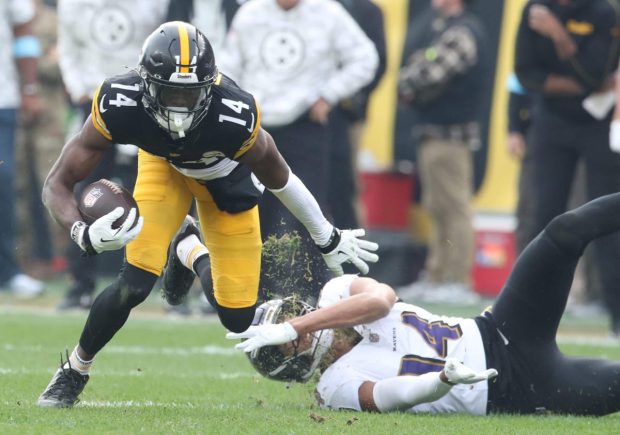

The defending champion Boston Celtics were major favorites heading into their second-round series with the New York Knicks, but despite building 20-point leads at home in Games 1 and 2, and leading for a little over 81 of the 101 total minutes, they find themselves down 0-2.
This is the first time in the NBA’s play-by-play era, which started with the 1996-97 season, that a team has blown multiple 20-point leads in a single postseason, and the Celtics have done so in back-to-back games at home.
The obvious question, then, is how is that possible?
An ill-timed shooting slump
The Celtics have lived and died by the 3-pointer under Joe Mazzulla. This season, they set the NBA’s single-season record for 3-point attempts (3,955) and makes (1,457). They have routinely been among the league leaders in every 3-point category since Mazzulla took over.
Here are the Celtics’ per-game 3-point numbers (and league ranks) over the last three seasons.
| Season | 3PM | 3PA | 3P% |
|---|---|---|---|
|
2022-23 |
16 (2nd) |
42.6 (2nd) |
37.7 (6th) |
|
2023-24 |
16.5 (1st) |
42.5 (1st) |
38.8 (2nd) |
|
2024-25 |
17.8 (1st) |
48.2 (1st) |
36.8 (t-9th) |
While the Celtics have faced plenty of criticism for their 3-point-heavy attack during that time, they have a combined regular-season record of 182-64, made the Eastern Conference finals in 2023 and won the title in 2024. For the most part, the Celtics’ offensive approach has worked extremely well, but when it doesn’t, few teams look worse.
Against the Knicks, the Celtics have been ice cold from 3-point range. After going 15 of 60 (25%) to set a playoff record with 45 3-point misses in Game 1, they shot 10 of 40 (25%) in Game 2 and are a combined 25 of 100 (25%) for the series. Between the regular season and playoffs, the Celtics have now played 89 games. They’ve shot 25% or worse from behind the arc seven times, and two of those occasions were the first two games of this series.
Even more remarkable is the type of looks they’re missing. Per the NBA’s stats site, the Celtics are 12 of 48 (25%) on wide-open (closest defender six-plus feet away) and 12 of 48 (25%) on open (closest defender four to six feet away) in the series. During the regular season, the Celtics shot 40.7% on wide-open attempts and 35% on open attempts. Even acknowledging some of the criticism of the league’s publicly available tracking data, the Celtics are shooting well below their ability.
The parade of shots they missed in the fourth quarter of Game 2 gives an indication of what’s happening.
As Celtics reporter Chris Forsberg detailed, the Celtics’ shooting slump has not been limited to long-range attempts. However you splice the data, they’re shooting well below their usual marks.
Perhaps nothing sums things up better than this: in Games 1 and 2, the Celtics shot 35.1% and 36.2% overall, respectively, their two worst shooting performances of the entire season.
There’s not one singular reason for why the Celtics have collapsed in these two games, but their poor shooting carries an outweighed significance. They’ve lost the first two games by a combined four points despite historically bad shot-making. Even if they were just slightly below their usual level, let alone at or above it, they would be up 2-0 with ease.
Tatum’s poor play
Jayson Tatum is one of the best players in the league and is expected to be named to the All-NBA First Team for a fourth consecutive season. While he was at that level in the final three games — all wins — of the Celtics’ first-round series against the Orlando Magic, he has not been in the first two games of this series.
Tatum’s rebounding has been incredible, but he has otherwise not made his usual impact. Thus far, he’s averaging 18 points, 15 rebounds and 5.5 assists on 12 of 42 (28.6%) from the field.
Notably, Tatum had a chance to win Game 2 on the final possession, but failed spectacularly. He initially lost control of the ball on his drive, which forced him into the corner, then tried to shoot a fadeaway, before realizing he was going to get blocked. Instead, he tried to kick the ball out, but had his pass stolen by Mikal Bridges.
Tatum did not speak to reporters after Game 2 because TD Garden was evacuated due to a fire alarm, but he did talk on Thursday and took accountability.
“I take full ownership on the way that I’ve played in this series,” Tatum said. “Can’t sugarcoat anything. I need to be better, I expect to be a lot better.”
Again, despite Tatum’s play, and particularly his poor shooting, the Celtics should have won these games. If they want to stage a big comeback, they’ll need Tatum to lead the way.
Porzingis’ mystery illness
The Celtics won the title last season largely without Porzingis, who only appeared in seven of their 19 playoff games. Over his two seasons with the team, he’s appeared in just 99 regular-season games, so they’ve become accustomed to playing without him.
Still, while the Celtics can win without Porzingis, they are a much better team when he’s on the floor and at his best. He has not been during this series, or really throughout the playoffs. Porzingis left Game 1 at halftime with an illness and did not start Game 2. While he put up eight points and four rebounds in his 14 minutes of action on Wednesday, he did not look like himself and the team was outscored by nine points when he was on the floor.
“Yeah, I’m dealing with some — I don’t know how to call it, but just not feeling my best at all,” Porzingis said after Game 2. “It just kills me inside that it’s happening in this moment.
“It’s not an injury or anything, but just not feeling my best. It’s tough for me, honestly, but who cares? Nobody feels sorry for us, sorry for me, and we have keep going.”
Mazzulla indicated that the mysterious illness Porzingis is dealing with is related to the same issue that kept him out of eight games earlier in the season. The team has only indicated that it was not COVID-19. Earlier in the season, Porzingis said the biggest issue has been fatigue.
“For a week, [I was] really just laying at home, trying to recover,” Porzingis said on March 15. “And then after that, I still had lingering fatigue. And, I still have it a little bit, but at least now, I’m getting into, more or less, shape to be able to play. But yeah, after each workout, I was — boom, big crash. So, I was really, really fatigued. Not normal.
“It was extremely, extremely frustrating not knowing what I had. I haven’t been this sick, probably ever, in my life.”
The biggest concern for Porzingis and the Celtics is that this isn’t a normal injury that has a set timeline. It’s unclear when or if he’ll be back to his best.
Overall fatigue and wear and tear
Porzingis’ illness is receiving the headlines, but it’s far from the only health concern for the Celtics. Here’s a quick rundown of what some other key players are dealing with:
And that list doesn’t include Al Horford, who is 38 years old. While Hauser is the only one who has missed a game in this series, there’s no doubt that, as a whole, the Celtics are far from 100%. That’s true to an extent for every team at this stage of the playoffs, but especially so for the Celtics.
It’s also worth noting that the Celtics’ core has been to at least the Eastern Conference finals every single season since 2022. During that stretch, they’ve played over 100 games in each season, and would be on pace to do so again should they advance past this series. The likes of Tatum, Holiday and White have also played for Team USA during the Olympics and the World Cup during this stretch. That’s a lot of basketball over a four-year period.
Is the general fatigue and wear and tear the team is battling the primary reason they’ve collapsed in these two games? No, but considering their fourth-quarter issues, it’s certainly part of the equation. At the very least, it hasn’t helped.
This news was originally published on this post .










Be the first to leave a comment